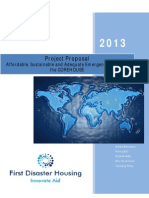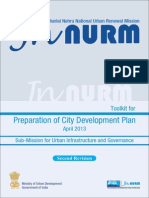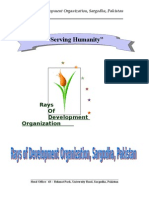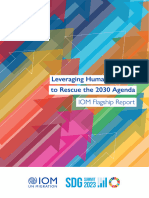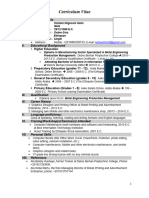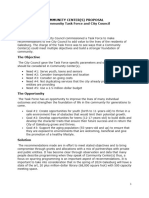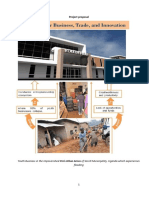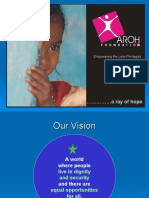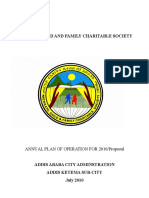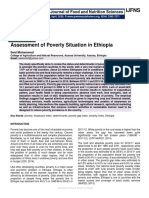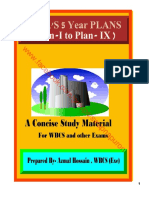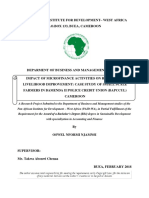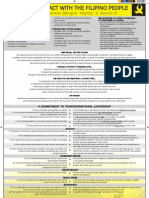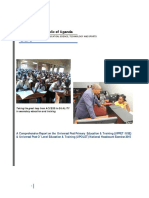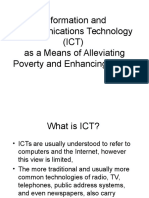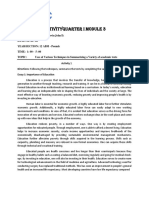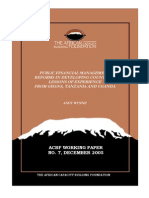100% found this document useful (1 vote)
136 views23 pagesProject Grant Proposal FOR Friends Rehab and Institute of Technical Education (Frite)
This document is a grant proposal from Support Aid Ministry to establish the Friends Rehabilitation and Institute of Technical Education (FRITE) in Kisumu County, Kenya. The proposal provides background on the need for the project, which is to provide vocational skills training, rehabilitation services, and education opportunities for vulnerable groups like street children, drug addicts, and the urban poor. Support Aid Ministry was granted 2 acres of land by the Kisumu County Government to build the facility. The proposal describes FRITE's vision, target population, planned activities and services, organizational structure, sustainability plan, and proposed multi-phase construction budget. It argues that FRITE will fill important gaps in services for at-risk youth and address social problems
Uploaded by
Nehemiah ChipatoCopyright
© © All Rights Reserved
We take content rights seriously. If you suspect this is your content, claim it here.
Available Formats
Download as PDF, TXT or read online on Scribd
100% found this document useful (1 vote)
136 views23 pagesProject Grant Proposal FOR Friends Rehab and Institute of Technical Education (Frite)
This document is a grant proposal from Support Aid Ministry to establish the Friends Rehabilitation and Institute of Technical Education (FRITE) in Kisumu County, Kenya. The proposal provides background on the need for the project, which is to provide vocational skills training, rehabilitation services, and education opportunities for vulnerable groups like street children, drug addicts, and the urban poor. Support Aid Ministry was granted 2 acres of land by the Kisumu County Government to build the facility. The proposal describes FRITE's vision, target population, planned activities and services, organizational structure, sustainability plan, and proposed multi-phase construction budget. It argues that FRITE will fill important gaps in services for at-risk youth and address social problems
Uploaded by
Nehemiah ChipatoCopyright
© © All Rights Reserved
We take content rights seriously. If you suspect this is your content, claim it here.
Available Formats
Download as PDF, TXT or read online on Scribd
/ 23





